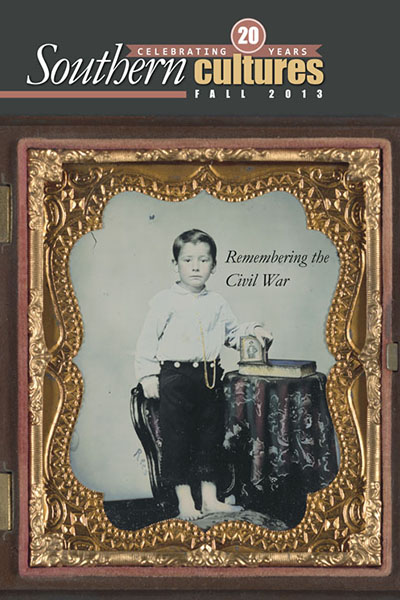“We started to wonder: did twenty-first century Charleston have separate—even segregated—tourism industries, one that focused on the city’s white history and another that told of its Black past?”
I was so rushed that I could barely maintain my balance. The struggle to pull pantyhose over my tired feet, newly liberated from a pair of running shoes that had pounded the streets of Charleston all day, was about to get the best of me. It was a memorable ordeal: pantyhose don’t exactly make a regular appearance in my wardrobe. But that wasn’t the most remarkable thing about that moment. It was where I was changing my clothes, and why. There I was, in the bathroom at Emanuel A.M.E. Church, slipping into a ball gown for a gala to celebrate the 150th anniversary of South Carolina’s secession from the United States in 1860. For the next five hours, I would rub elbows with hundreds of revelers dressed in hoop skirts and militia uniforms, men and women who believed the Old South was the apex of civilization and mourned its destruction. Yet I was getting dressed in Emanuel. This was the congregation to which Denmark Vesey, executed in 1822 for plotting a slave rebellion in Charleston, had belonged. This was the congregation in which the Black revolutionary had developed a theology of liberation that ended in a plot to undermine the foundation of the Old South. In 1822, Vesey had hoped to free slaves from the very group of people the costumed gala-goers were assembling to honor at the secession ball almost two centuries later.


